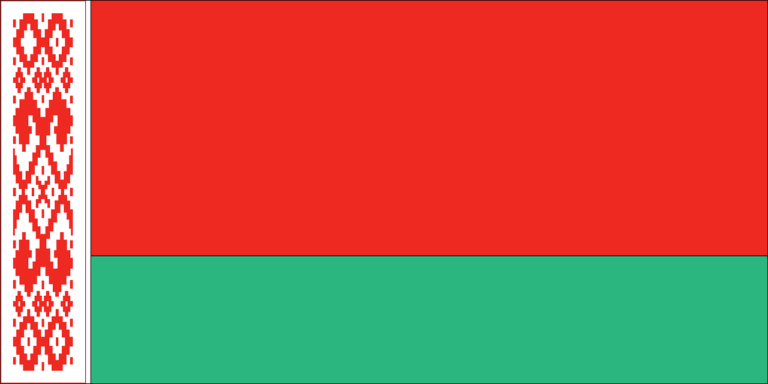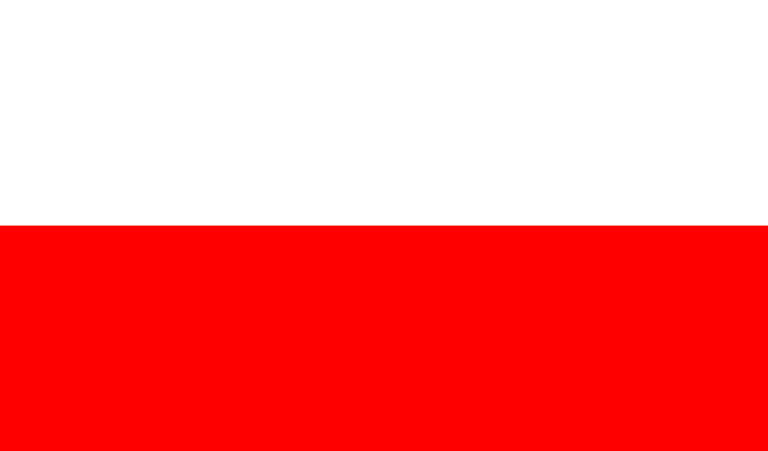Flags are powerful symbols that represent a nation’s identity, history, and values. The national flag of Iceland, with its simple yet meaningful design, serves as a proud emblem of Icelandic culture, heritage, and national pride. In this blog post, we will explore the captivating story behind the Iceland national flag, diving into its origins, symbolism, historical significance, and its enduring importance in Icelandic society.
Origins and Design:
The Iceland national flag, commonly known as the “Islenski fánið,” features a simple design of a blue field with a red cross. The blue field represents the clear skies and the surrounding Atlantic Ocean that shape Iceland’s unique landscape. The red cross symbolizes Iceland’s deep-rooted Christian heritage and faith. The flag’s design captures the essence of Iceland’s natural beauty and religious traditions.
Symbolism and Meaning:
The colors and cross on the Iceland national flag hold significant symbolism. The blue color symbolizes the pristine waters of Iceland’s rivers, lakes, and the surrounding ocean. It reflects the importance of water as a vital resource and a source of life on the island. The red cross represents the Christian faith and the values of compassion, unity, and solidarity among the Icelandic people.
Historical Significance:
The adoption of the current design for the Iceland national flag can be traced back to the early 20th century during Iceland’s struggle for independence from Denmark. The flag was officially adopted on June 19, 1915, and has since served as a symbol of Iceland’s sovereignty, resilience, and the unbreakable spirit of its people. The flag witnessed Iceland’s journey towards independence and has become an enduring symbol of national pride.
Cultural and National Identity:
The Iceland national flag holds deep cultural and national significance for the Icelandic people. It is proudly displayed during national celebrations, public events, and gatherings, symbolizing the shared values, heritage, and pride of the Icelandic nation. The flag fosters a sense of unity, identity, and patriotism among Icelanders, reinforcing their connection to their land, traditions, and the power of nature.
International Recognition and Influence:
The Iceland national flag is recognized internationally as a symbol of Icelandic culture, heritage, and national identity. It represents Iceland at various international events, diplomatic missions, and sporting competitions, showcasing the country’s contributions to the global community. The flag’s design and symbolism have also influenced various artistic and cultural expressions, reflecting its impact and recognition beyond national borders.
The Iceland national flag, with its distinctive blue field and red cross, stands as a powerful symbol of nature, unity, and resilience for the Icelandic people. It embodies the values of purity, faith, and the profound connection between Icelanders and their natural surroundings. The flag serves as a constant reminder of Iceland’s unique landscapes, cultural heritage, and the unwavering spirit of its people. As Iceland continues to embrace its future, the national flag will remain a cherished emblem, representing the unity, pride, and unwavering commitment to the preservation of Icelandic nature, traditions, and national identity.






